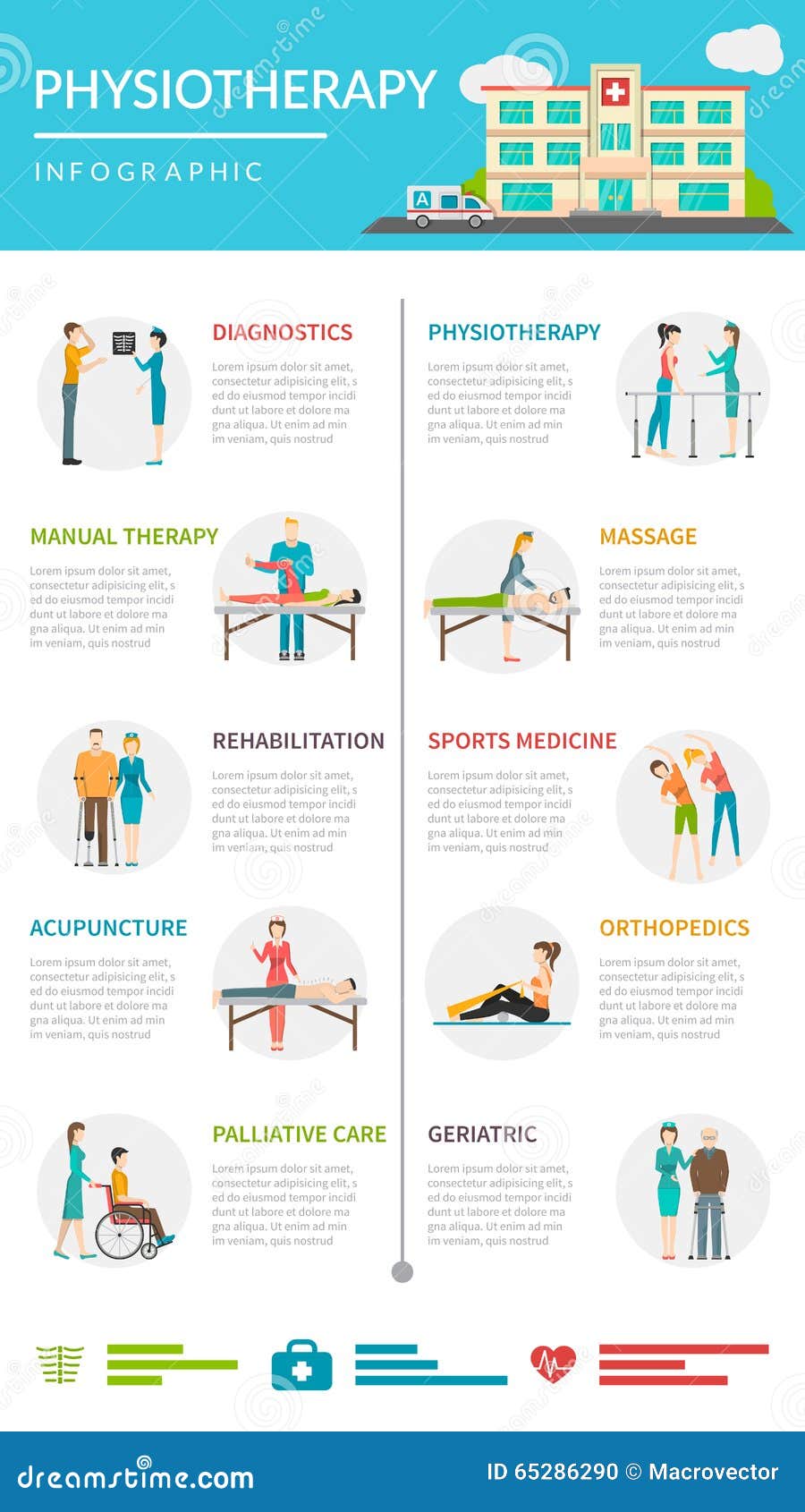Prepare Yourself To Reveal The Fascinating Mobile Communications Related To Cold Laser Treatment And Its Usage Of Light For The Objective Of Recovery. Check Out The Midsts Of Science Even Additionally!
Prepare Yourself To Reveal The Fascinating Mobile Communications Related To Cold Laser Treatment And Its Usage Of Light For The Objective Of Recovery. Check Out The Midsts Of Science Even Additionally!
Blog Article
Short Article By-Walls Bartlett
You may have come across cold laser treatment as an appealing treatment choice for numerous problems, but have you ever questioned how it actually services a cellular level? Understanding the devices behind this therapy can clarify its effectiveness in advertising healing and minimizing swelling. By checking out the science behind cold laser treatment, you'll acquire understandings into the remarkable ways in which light can affect mobile procedures and facilitate cells fixing.
Exactly How Cold Laser Therapy Functions
To recognize exactly how cold laser treatment works, you need to grasp the fundamental principles of just how light power interacts with biological cells. Cold laser therapy, additionally referred to as low-level laser therapy (LLLT), makes use of specific wavelengths of light to pass through the skin and target underlying tissues. Unlike the intense lasers utilized in surgical procedures, cold lasers release low degrees of light that don't create warm or trigger damage to the cells.
When these mild light waves reach the cells, they're soaked up by elements called chromophores, such as cytochrome c oxidase in mitochondria. This absorption sets off a series of biological feedbacks, consisting of increased cellular power manufacturing and the release of nitric oxide, which enhances blood circulation and lowers inflammation.
Additionally, the light power can likewise stimulate the manufacturing of adenosine triphosphate (ATP), the energy money of cells, aiding in cellular repair and regeneration procedures.
In essence, cold laser therapy utilizes the power of light power to promote recovery and relieve pain in a non-invasive and gentle fashion.
Systems of Action
How does cold laser therapy really work to create its healing impacts on organic cells?
Cold laser treatment, also referred to as low-level laser treatment (LLLT), operates through a procedure called photobiomodulation. When the cold laser is applied to the skin, the light power penetrates the cells and is absorbed by chromophores within the cells.
These chromophores, such as cytochrome c oxidase in the mitochondria, are then promoted by the light power, bring about a cascade of organic responses. One vital system of action is the improvement of mobile metabolism.
see it here soaked up light power boosts ATP production in the mitochondria, which is vital for mobile function and repair work. In addition, cold laser therapy aids to reduce swelling by preventing inflammatory mediators and advertising the release of anti-inflammatory cytokines.
This anti-inflammatory impact adds to pain relief and tissue recovery.
Healing Impacts
Comprehending the therapeutic results of cold laser therapy involves acknowledging exactly how the improved mobile metabolic process and anti-inflammatory homes add to its positive outcomes on organic cells.
When the cold laser is applied to the afflicted area, it stimulates the mitochondria within the cells, resulting in raised production of adenosine triphosphate (ATP), which is crucial for mobile feature and repair. This boost in cellular energy accelerates the healing process by promoting cells regrowth and decreasing swelling.
Moreover, laser treatment for tendonitis near me -inflammatory properties of cold laser therapy help to decrease discomfort and swelling in the targeted location. By hindering inflammatory conciliators and promoting the release of anti-inflammatory cytokines, cold laser therapy help in minimizing pain and improving the overall healing reaction.
This reduction in swelling not just supplies immediate relief but likewise supports long-lasting tissue repair.
Conclusion
Finally, cold laser therapy works by promoting cellular repair and tissue regrowth with photobiomodulation. Its anti-inflammatory homes offer pain alleviation and decrease swelling by hindering inflammatory arbitrators.
This therapy provides a detailed approach to healing, supplying both instant alleviation and long-term tissue fixing advantages.
Through its mechanisms of action, cold laser treatment shows to be an efficient and promising treatment option for a range of problems.
